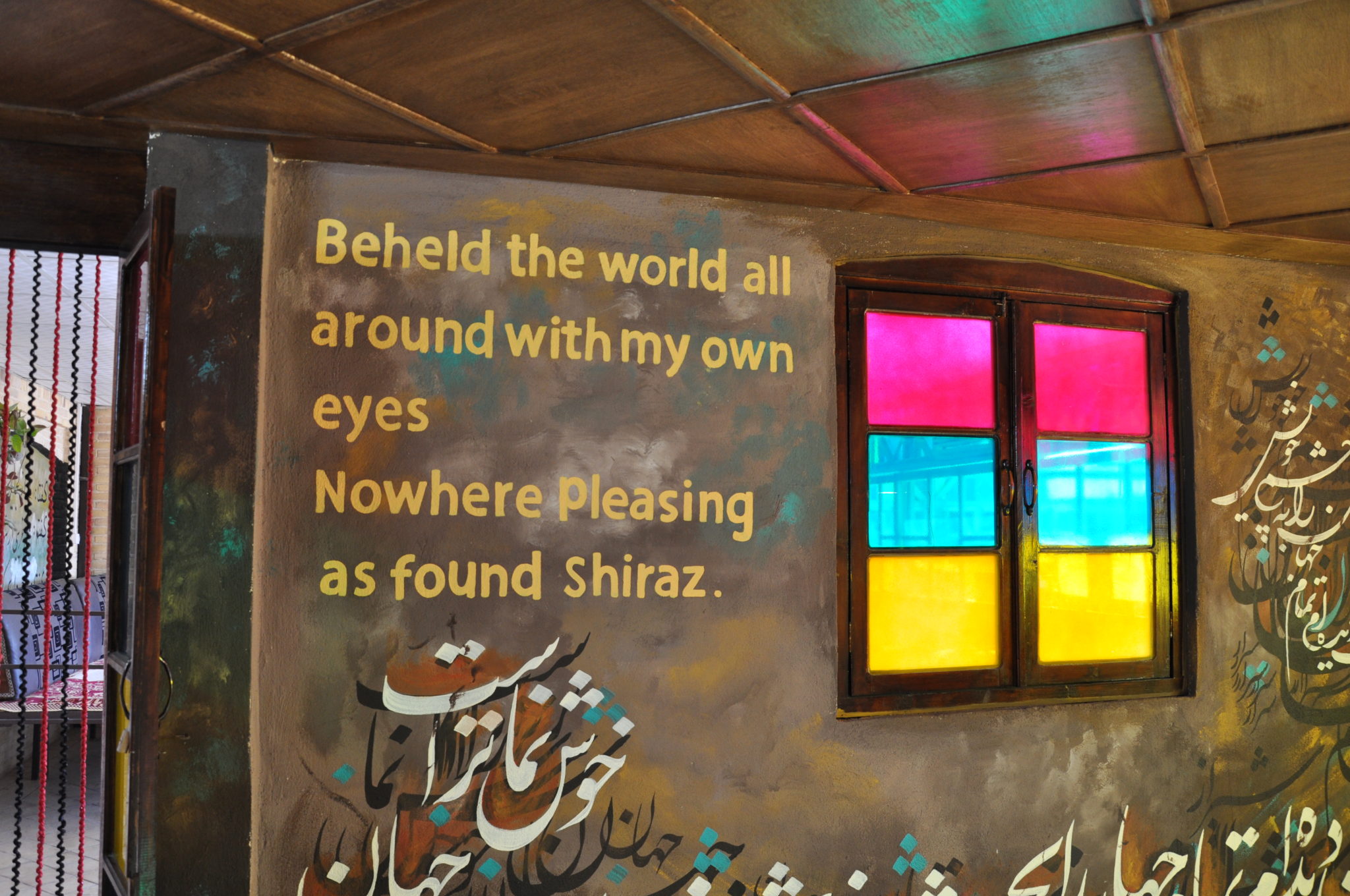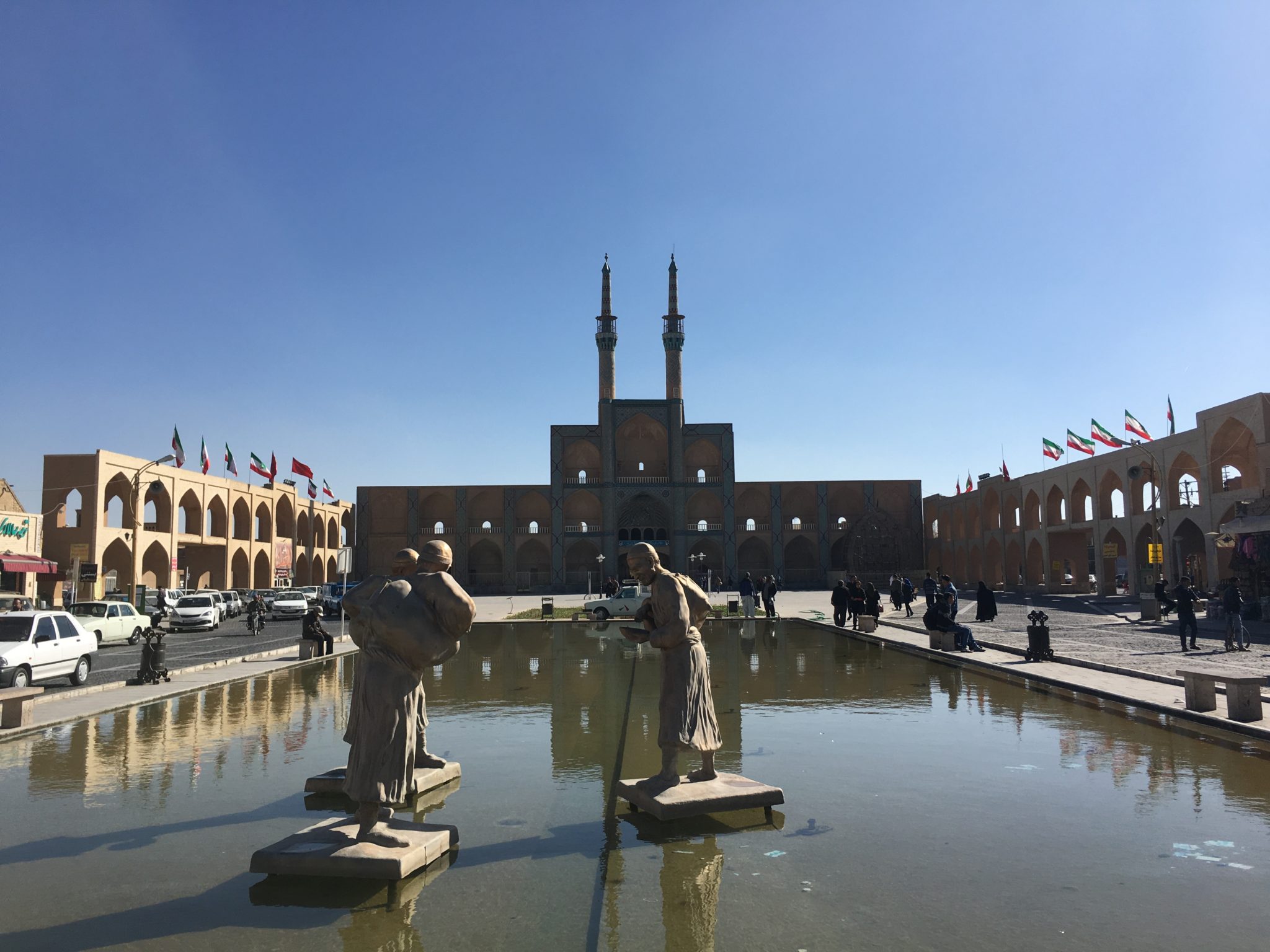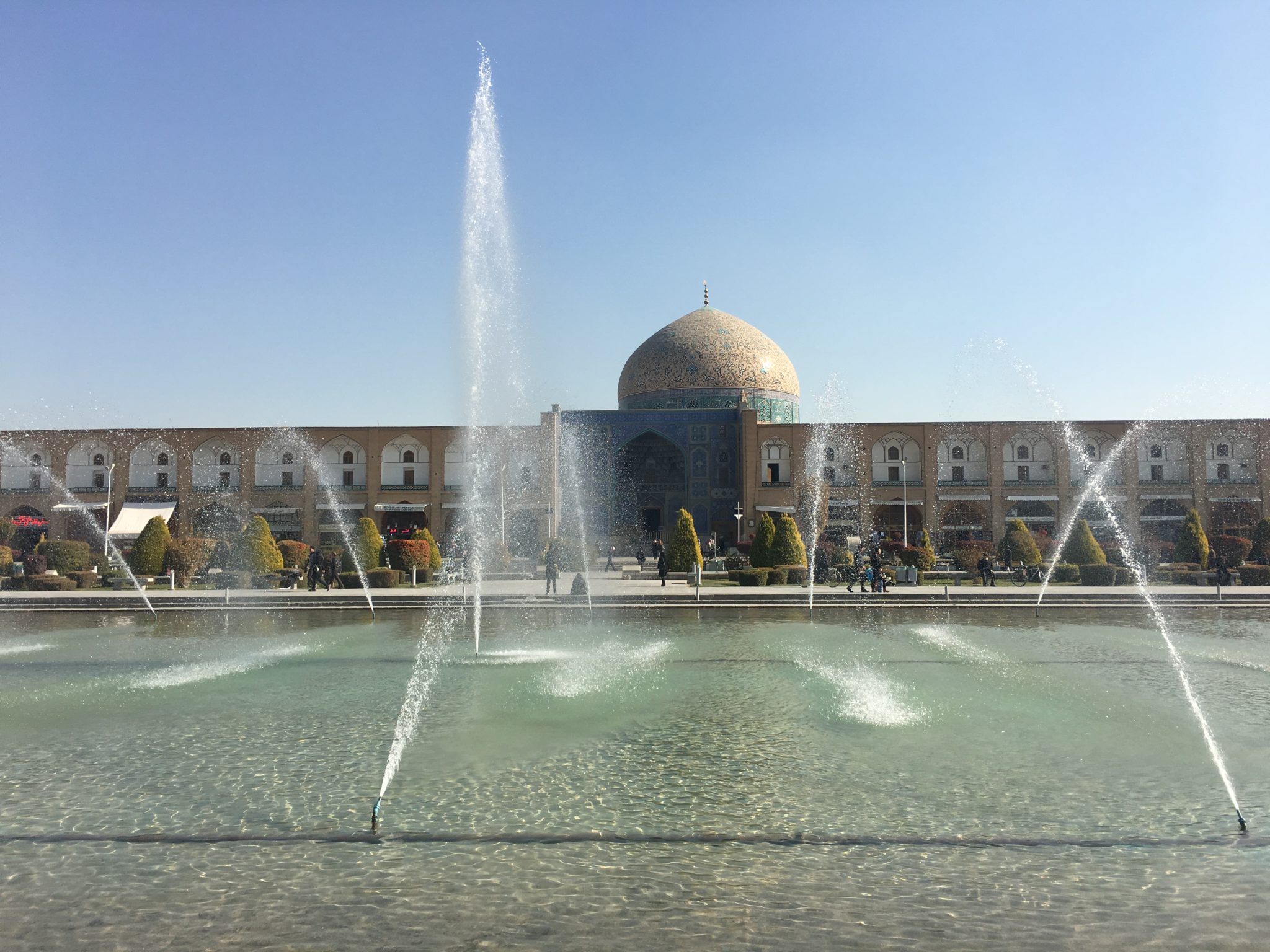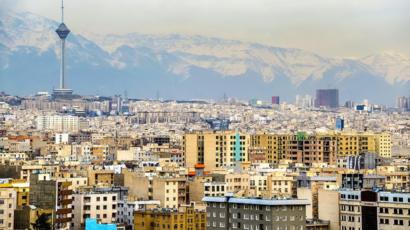
Celebrated as the heartland of Persian culture for over 2000 years, Shiraz has become synonymous with education, nightingales, poetry and wine. It was one of the most important cities in the medieval Islamic world and was the Iranian capital during the Zand dynasty (AD 1747–79), when many of its most beautiful buildings were built or restored.

A little bit of history, by the ninth century, the city of Shiraz had already established a reputation for producing the finest wine in the world and was Iran’s wine capital. The export of Shiraz wine by European merchants in the 17th century has been documented. However, after 1979 when the Islamic revolution occurred, Iran stopped producing wine and the Shiraz type of wine is now produced in other countries such as Australia.
A city of poets, Shiraz is home to the graves of Hafez and Sa’di, both major pilgrimage sites for Iranians. It is also home to splendid gardens, exquisite mosques and whispered echoes of ancient sophistication that reward those who linger beyond the customary excursion to nearby Persepolis – the area’s major tourist destination.

My friend warned me that the drivers in Shiraz are the worst in the country. There are the usual Iranian traffic issues, but the city’s agreeable climate, set in a fertile valley once famed for its vineyards, makes it a pleasant place to visit. In mid-December when I visited, I was expecting to see snow in the valley but we were greeted with falling autumn leaves and the temperature was still bearable.

Vakil Bazaar is Shiraz’s main market place and home to hundreds of shops and stalls. Satisfyingly labyrinthine, the bazaar is the place for buying rugs, spices, jewellery, and household goods. The vaulted arched ceilings are a fine example of 18th century Zand architecture, and make for a pleasantly cool atmosphere through which to meander. As with any other city, the bazaar is usually the centrepiece of attraction to buy goods to just to watch the locals in action.

For the best garden in Shiraz, check out Eram garden. Eram falls within Shiraz University’s botanical gardens, and is replete with cypress trees, trimmed hedges, and rosebushes. At its centre is a small pool and a splendid Qajar-era palace. The garden is located just north of the Khoshk River, opposite the university.
Naranjestan Garden

Named after the bitter oranges that line the central courtyard, this is Shiraz’s smallest but most lovely garden. Enclosing the delightful Naranjestan-e Ghavam Pavilion it was laid out as part of a complex owned by one of Shiraz’s wealthiest Qajar-era families. The pavilion’s mirrored entrance hall opens onto rooms covered in a myriad of intricate tiles, inlaid wooden panels and stained-glass windows. Particularly noteworthy are the ceilings of the upstairs rooms, painted with European-style motifs, including Alpine churches and busty German frauleins.

The Shah-e Cheragh (‘King of Light’) mausoleum is the picturesque resting place of two of the martyred brothers of Ali Reza, the 8th Shia Imam. Although killed in the 9th century, the present-day burial site has been considerably developed since the Qajar era. The central courtyard has a fountain at its centre, and the shrine features characteristically Iranian, intricate blue tile work and a dazzling mirrored interior, making it one of the prettiest mosques in Shiraz. There is a compulsory guide for tourists and for women, they must adorn the chadol (piece of black cloth covering the whole body) before entering the sprawling mausoleum complex. I had a sneak peek into the interior of the mausoleum, replete with glittery glass pieces and huge mirror, as pilgrims kissed the tomb of this famous martyr.

Not far from Shah-e Cheragh, the Nasir ol-Mulk Mosque, also known as the Pink Mosque, is one of Shiraz’s most famous buildings. It is also the most beautiful mosque that I have seen in Iran, albeit touristy. The Qajar-era mosque, completed in 1888, is celebrated for its delightfully colourful interiors: the stained-glass windows, intricately painted tiles and arches, and innumerable Persian carpets create a mesmerising, kaleidoscopic aesthetic which can’t fail to astound. Combined with rows of delicately carved pillars, each angle of Nasir ol-Mulk Mosque is more photogenic than the last. Do visit during the morning hours to catch the sunlight streaming into the mosque and capture its most beautiful angles.

Hafez is arguably the most loved and respected poet in the vast canon of Persian literature. Considered the master of the ghazal (a short, amorous, rhyming poem), Iranians from all walks of life can quote his verses on demand. His tomb resides in a well-kept garden in northeast Shiraz; more than a tourist attraction, it functions as a site of pilgrimage for his admirers the world over. Have your fortune told, visit the onsite teahouse, and contemplate the playful nuances of his lyrical ingenuity as you wander around the extensive grounds.
The 13th century poet Sa’di was an important precursor to Hafez, and is one of the most cherished ancestors of modern day Shirazis. Many of his pithy maxims have attained a proverbial status, and he is widely praised for the enduring simplicity of his verse. His tomb is less busy than that of Hafez, but is located nearby and worth visiting on the same day. The underground teahouse offers a cool spot to refresh yourself after exploring the garden of roses and cypress trees.

A detailed post on how to get here will be covered in another post. Persepolis was the magnificent ceremonial capital of the ancient Achaemenid Empire, over 2500 years ago. It looks like the twin city of Acropolis in Greece. Ransacked by Alexander the Great, the site represents the pinnacle of ancient Iran’s political and architectural achievements. The UNESCO world heritage site is located about 70 kilometres northeast of Shiraz, and tours will take you from the city centre on a day trip. The impressive ruins require a good few hours to explore.


I stayed at Niayesh Hostel in Shiraz. It is conveniently located near the city centre and I paid $28 per night because there was a 30% discount for private rooms due to low season. A bed in the dormitory starts from $12.
Address: Fars Province, Shiraz, District 8, Alley No4، Dastgheib Blvd, 71398-56135, Iran
Though Shiraz is not a great centre of pilgrimage like Mashhad or Qom and doesn’t offer the same number architectural treasures as Isfahan, if the idea of visiting somewhere that captures the essence of much of what it means to be Iranian appeals to you, it is not to be missed. I personally enjoyed my stay in Shiraz and visiting the historical places around it.


